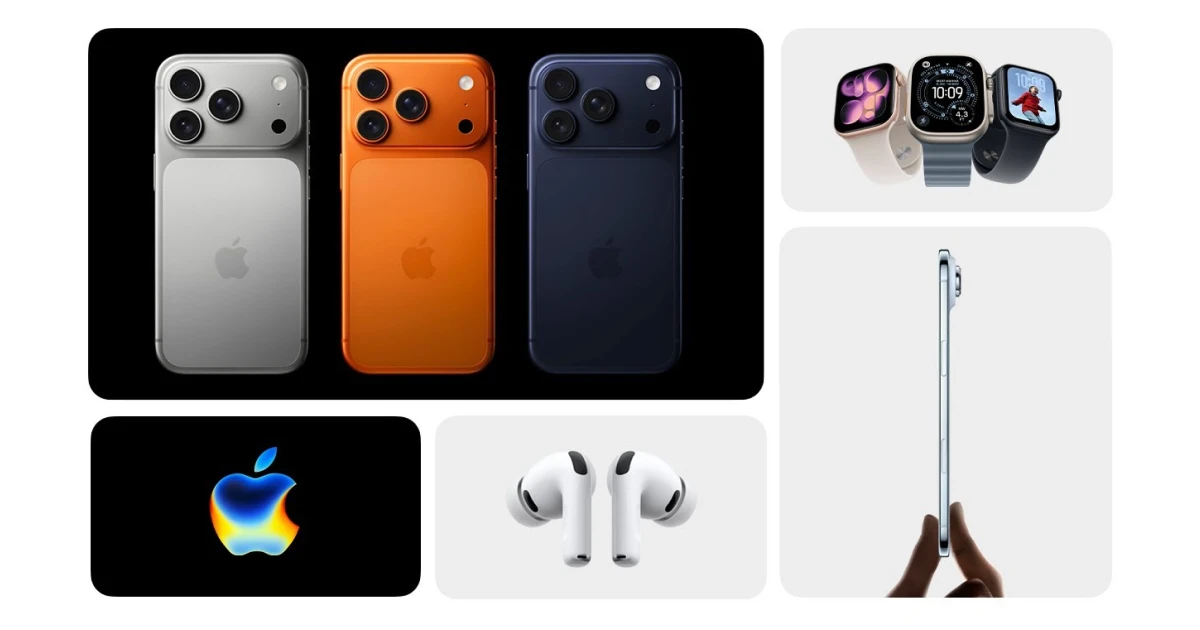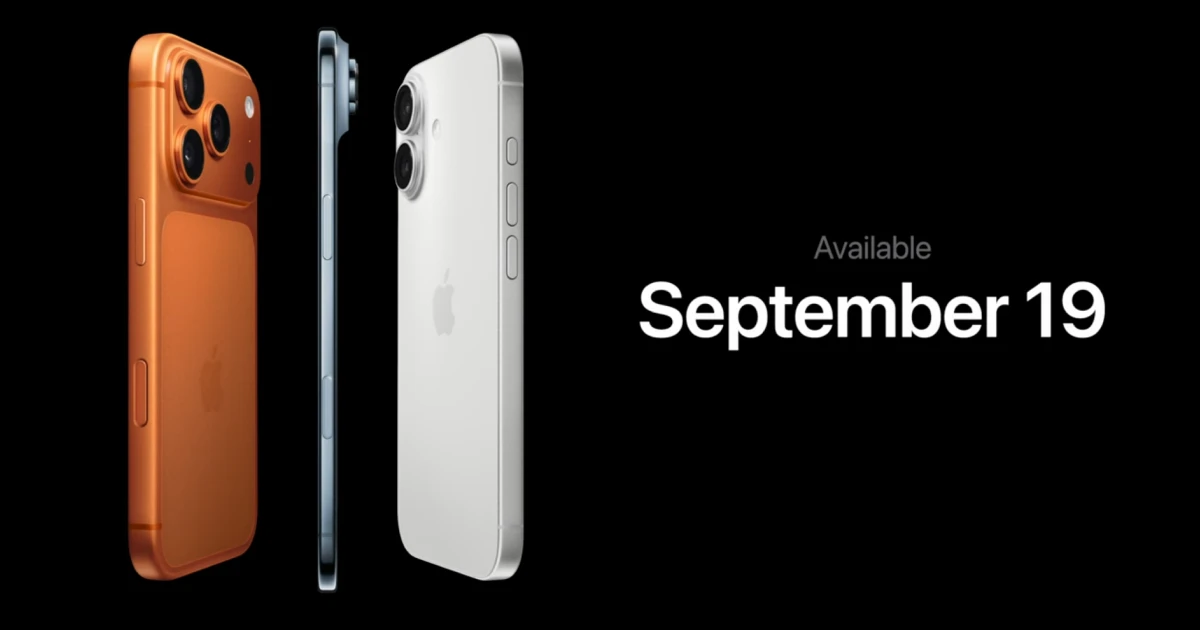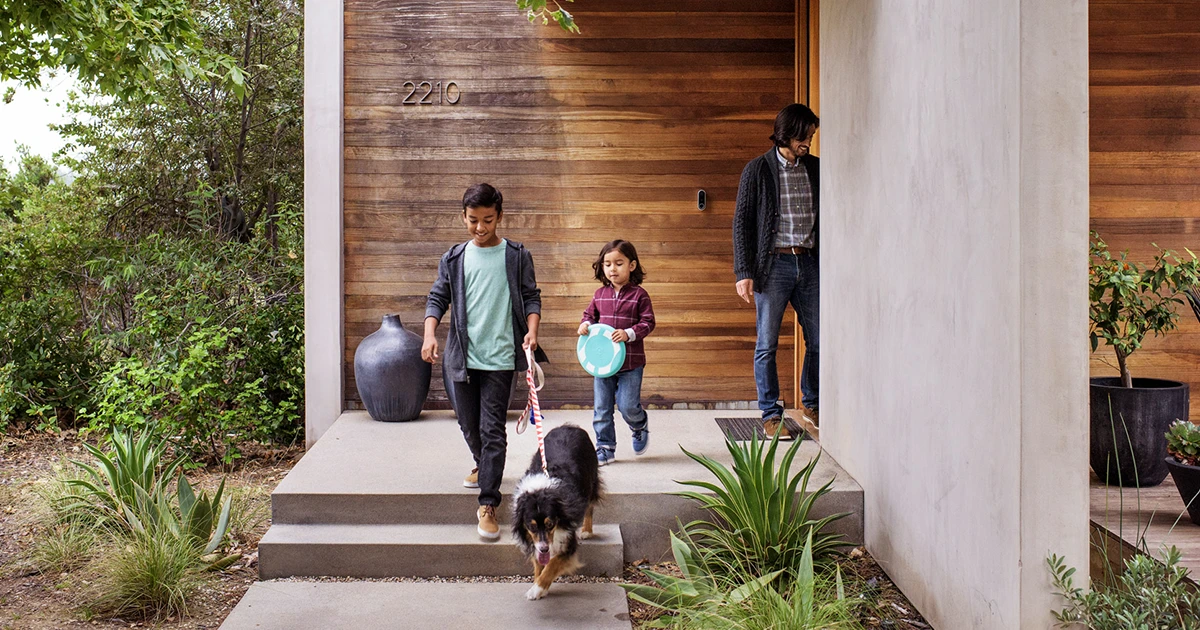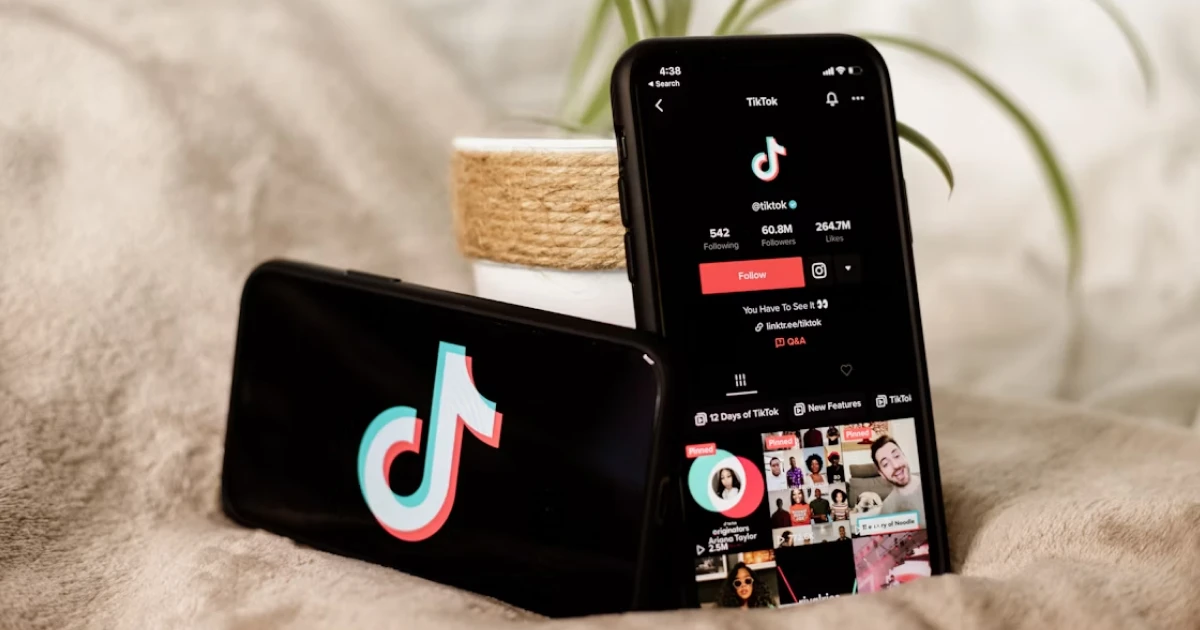Vine vs TikTok: Maximizing Engagement with Short-form Video Platforms
Vine came ahead of its time – we can all agree on this. When Vine appeared in 2012, Facebook, YouTube, and Twitter occupied the social media field. Those were the times…Influencers didn't exist and we didn’t care about how our social media feeds looked like. We were posting our pets on Instagram and scrolling endlessly through Tumblr and Pinterest, trying to figure out which is our aesthetic.
Yet, with time passing and new technology evolving, our focus slowly shifted away from static photos to more engaging content that captivated our attention more easily. As YouTube videos were getting too long to watch, and our attention spans were getting shorter and shorter, our focus shifted to short videos. And, as Vine was spreading among social media users, their digital platform was filling up with new content and new Vine enthusiasts. After all, who didn’t like to spend time laughing at funny videos and get their dopamine levels up?
What was Vine?
The social media platform was born in 2012 and once it appeared it caught our hearts and attention. The app was everywhere and everybody knew what was about, and till 2017 the app was at its peak. The social media app was the first digital platform that used short videos as its main content, being at the same time accessible and going viral very quickly.
The digital platform gave many the opportunity to become stars and make a career out of it, with many influencers starting their careers on Vine, and later on, moving on to other platforms. Even more so, a few months after its launch, the app was acquired by Twitter. The app had the power to challenge its content creators to make the best out of the 6 seconds maximum that they were offered and find new ways to capture our attention.
However, in 2013, Instagram introduced 15-second videos that slowly took over Vine and content creators preferred switching to longer videos. Vine introduced longer videos after three years, which clearly was too long for an app to still be the center of attention. So, it's no surprise in 2017 the app was taken down.
What is TikTok?
TikTok was born in 2016. The app is a video-sharing platform that gives its users the ability to create and edit content within the app. The app came as a fresh version of Vine when we needed a more engaging social media platform. TokTok is mainly a phone-friendly platform that became our main activity in our free time. It came as a more interactive and fun version of Vine, offering us the ability to use filters, stickers, voiceovers, or sound effects. Think about it – TikTok is everywhere. In the metro, bus, and even at work, TikTok seems to somehow always be around us.
And, it makes sense. TikTok came as a response to our needs, offering a platform that leverages video content and gives us a more interactive experience than Vine ever did. Yet, TikTok didn’t come from nothing. The app was first known as Musical.ly and later merged into TikTok. Musical.ly was a video-based platform that had as its main content lip-syncing videos that gained popularity rapidly and were an example of what was there to come. TikTok used Musical.ly's success and developed a better social media platform that combined Musical.ly’s and Vine’s features in order to get the best results possible.
Vine vs TikTok
Although Vine was a great digital platform, that got traction quickly, its success flared off too quickly. It was the fact that Vine refused to adapt and change its strategy after its success, refusing to implement new ways and possibilities for making videos. When Instagram came and implemented a new strategy for creating videos, Vine, instead of searching for new ways of creating content, stood by its strategy and lost more than it could think of. We live in the era of new technology, where all we do is on a digital platform, or has to do with a digital platform. We get bored easily and our attention lifespan is shortening with every generation. So, new technology needs to implement new ways in which they can maintain our interest.
On the other hand, Tiktok knew this and implemented new features in order to keep its platform interactive and new. Video replies, Tiktok sounds, Filters, Effects, and even Duet are now features that we all know and use. Think about duet as an example, this feature was first encountered on Instagram and now we can see it on TikTok as well. This is what Vine should have done, instead of ignoring the features other platforms launched.
In order to keep your engagement rate up, we need to always remember that only an interactive platform that responds to our users’s needs can do that. And, as technology and digital platforms are evolving so should our social media apps.
So, Vine was a great platform that marked an era and gave us the opportunity to express ourselves and start to be more into video content. Both platforms were great ways to express our digital vision and make us feel more engaged than usually photos can do.













